3D Printing Services
Get your custom 3D printing services for prototype and production parts. Whether it’s SLS or SLA, we offer top-notch and efficient services to help you achieve your design and production goals with zero restrictions.
- 24/7 Engineering support
- No MOQ, fast lead time
- Variety of material and finishing Options
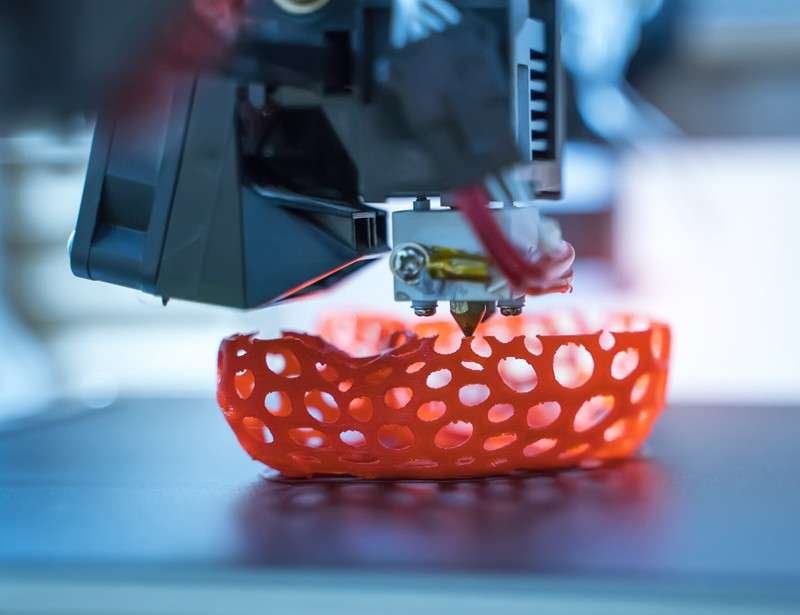
Our 3D Printing Processes
Our 3D printing business provides advanced manufacturing techniques for generating unique, high-precision 3D-printed parts at a lower cost. We also guarantee on-time delivery, from functional prototypes to finished products.
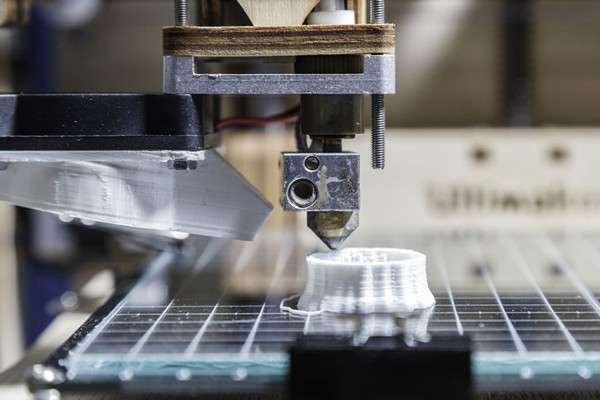
SLS 3D Printing
Using a high-powered optic laser, our SLS 3D printing machine fuses powdered material layer by layer until the desired shape is achieved. We guarantee the production of robust parts as well as functional prototypes.
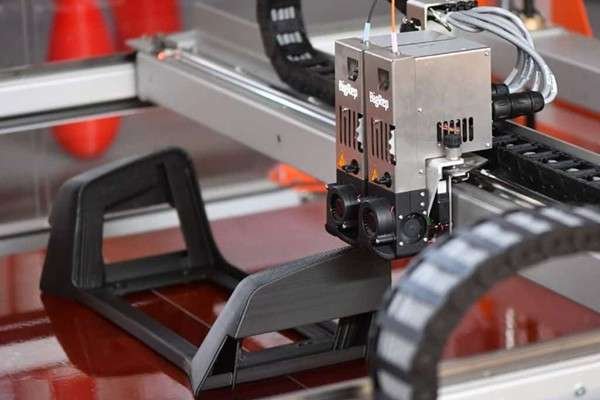
SLA 3D Printing
XinCheng shapes 3D printing material with high precision using SLA printing. We also offer a wide range of materials, and high-quality surface finish options for you to choose.
Why Choose XinCheng’s 3D Printing Services?
3D printing is a complex process, so outsourcing to an experienced company is often best. Here are some benefits to choose XinCheng’s 3D printing services.
-
Comprehensive CapabilitiesXinCheng is equipped with several 3D printing machines, including SLS and SLA, ideal for all your printing needs regardless of complexity. We also offer a variety of material choices, ensuring the printed part or prototype meets your needs.
-
Cost EffectiveCost is one factor that hinders a lot of manufacturers from using 3D printing for production. However, you can rest easy with XinCheng, as we offer one of the lowest 3D printing costs while maintaining quality.
-
24/7 Engineering SupportYou are guaranteed 24/7 engineering support through the production life cycle, from prototyping to shipping. Our experts would also provide valuable advice regarding material types and surface finishing options ideal for your product.
-
High-Quality PartsAt XinCheng, we believe quality is key, so we offer material certifications and comprehensive dimensional inspection reports for every order of 3D printing. These processes help ensure 3D printed parts meet industry standards.
High-Quality 3D Printing Service From Prototype to Production
With XinCheng’s specialized 3D printing service, your design goes from prototyping to production ready parts in just a few days. Bring products of unrivaled quality to market more quickly.

-
Models for Concept Validation
3D printing is a rapid process to create prototypes and parts. With the ability to manufacture design variations rapidly, testing and validating concepts for usability, functionality, and aesthetics are possible without wasting time. -
Rapid Prototyping
3D-printed prototypes make it easier to test out various colors, materials, sizes, shapes, and other factors. In other words, 3D printing allows you to test out the prototype’s aesthetic and functionality, which goes a long way in improving the final product. -
Low-Volume Production Parts
3D printing is an excellent method for swiftly producing complicated, unique, and low-volume production parts without the need for expensive tooling.
3D Printing Production Standards
Accuracy and excellence are our main concerns. Our facilities and extensive testing allow us to generate each 3D-printed prototype and product with the tightest tolerance imaginable.
| Process | Min. Wall Thickness | Layer Height | Max. Build Size | Dimension Tolerance |
|---|---|---|---|---|
| SLS | 0.040 in/1.0 mm | 100 μm | 16.535 × 19.685 × 16.535 in./ 420 × 500 × 420 mm | +/- 0.3% with a lower limit of +/- 0.3 mm |
| SLA | 0.040 in/1.0 mm | 50 - 100 μm | 9.843 × 9.843 × 9.843 in./ 250 × 250 × 250 mm | +/- 0.15% with a lower limit of +/- 0.01 mm |
Available 3D Printing Material Selection
Making unique prototypes and parts with the appropriate mechanical characteristics, usefulness, and aesthetics requires using the right material. Below are some materials used by XinCheng for 3D printing services.
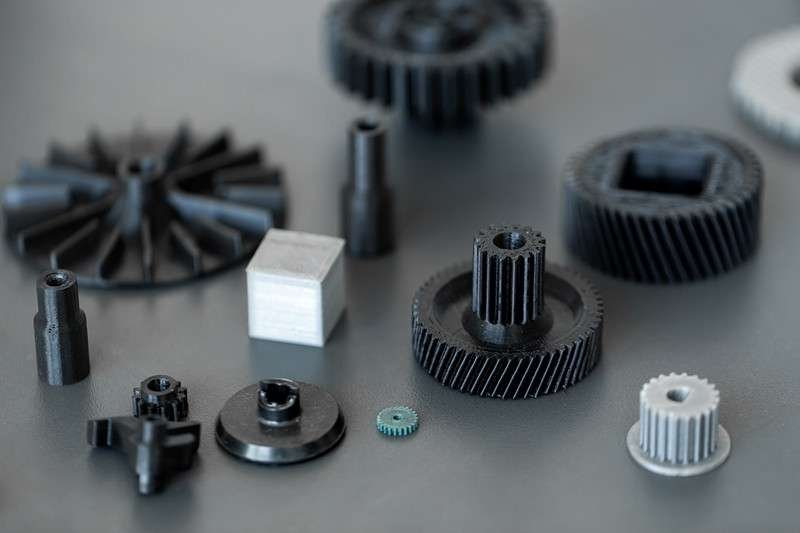
Nylon
It is strong, robust, and effectively resists impact. With a maximum heat resistance temperature of 140–160 °C, it is exceptionally hard and has a high degree of dimensional stability. Nylon has excellent mechanical qualities, great chemical and abrasion resistance, and a fine powder finish.
Nylon has high strength, as well as chemical resistance. 3D printing this material involves using SLS technology.
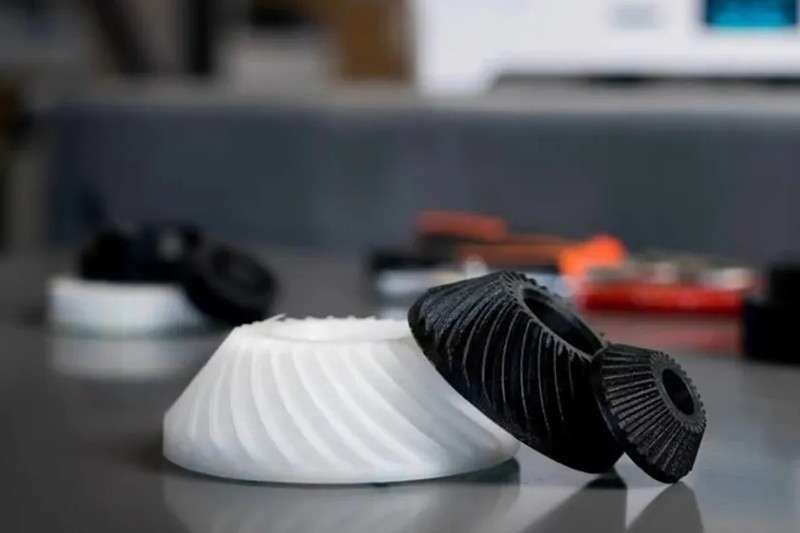
ABS
ABS is a common plastic with good thermal and mechanical characteristics. It is a typical thermoplastic with good impact resistance and vague details. ABS is lightweight, strong, and has high resolution. It is ideal for making architectural models as well as concept models. SLA 3D printing technology is the ideal process for manufacturing ABS.
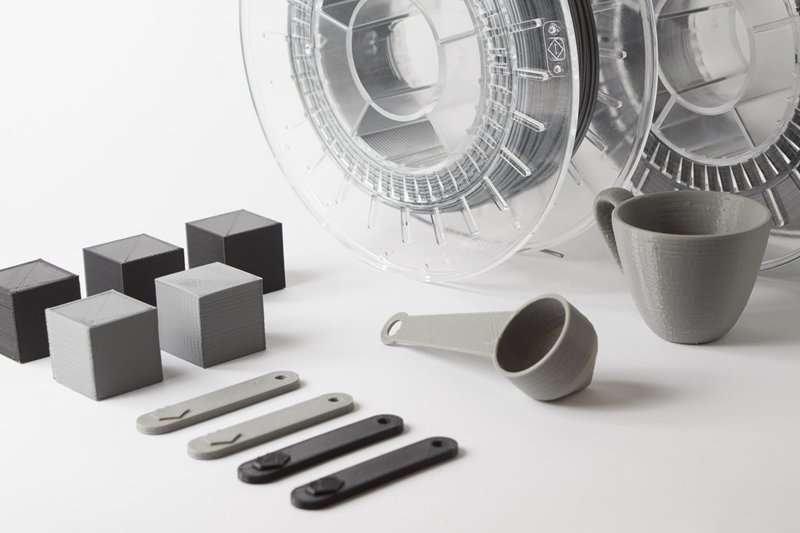
PLA
PLA is quite stiff, has nice detailing, and is reasonably priced. It is a thermoplastic that degrades naturally and has strong tensile and ductile strength. This material can undergo SLA and SLS 3D printing processes with a 0.2mm accuracy. PLA is also food safe and ideal for making concepts and functional models.
Benefits of 3D Printing
-
Highly ScalableMaking a single part or component using 3D printing is easy, and the same goes for producing dozens of production parts.
-
AccuracyThe precision of manufactured parts is one of the benefits of 3D printing. The processes involved in 3D printing are all automated with minimal human influence, thus reducing errors.
-
Geometry ComplexityThe 3D printing technology makes it easier to construct geometries, enhancing complexity without incurring additional costs.
-
Quick TurnaroundFaster design iterations and time to market are made possible because parts may frequently be sent in as little as 3 days.
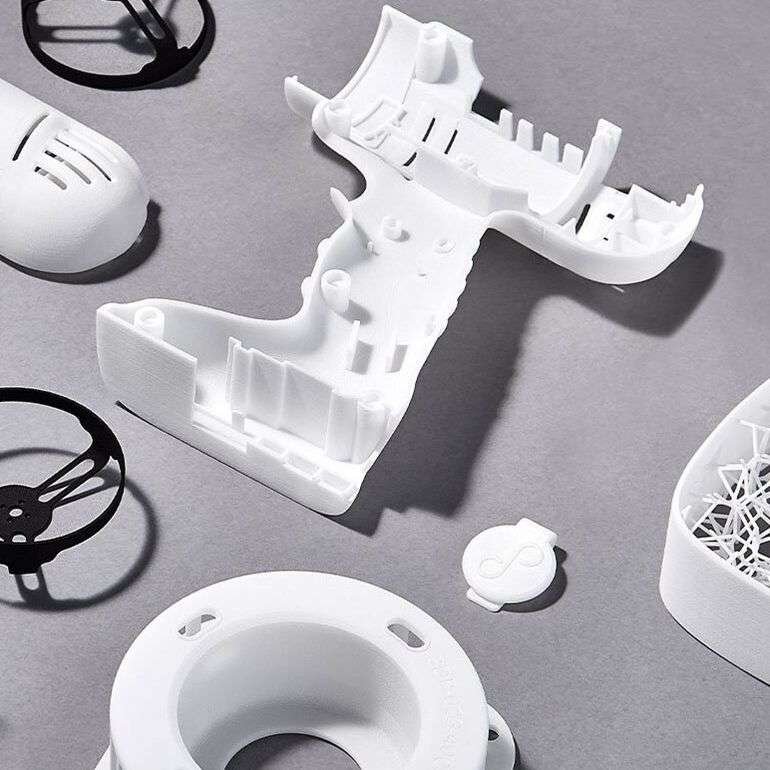
SLS Prototype Vs SLA Prototype: How They Work?
How SLA 3D Printing Works?
After data processing, a proprietary software slicing program is used to import the 3D model and build support structures as needed.
The SLA machine is then instructed to print the STL file using a tank of liquid photosensitive resin. The tank is lowered with a construction platform on it. The UV laser beam focused through a lens scans a cross-section of the liquid surface.
Next, the rapid solidification of the resin creates a single material layer in the scanning region. A new resin layer is applied to the build surface when the first layer is finished, and the platform is lowered by 0.05-0.15mm.
The resin is then cured and bonded to the layer beneath as the next layer is traced. Continue in this manner until the portion is complete.
How SLS 3D Printing Works?
A platform with a small layer of powder inside the shaped chamber is coated.
A laser beam scans the powder according to the layer’s cross-section contour when heated to a temperature just below the polymer’s melting point, sintering the powder. The model’s hollow and cantilever are supported by un-sintered powder.
The platform’s thickness is decreased by one layer when a cross-section has finished being sintered, and the laying roller then applies a layer of uniformly dense powder on top of it to get it ready for the sintering of a new cross-section.
The procedure is repeated until the solid model is obtained after all layers have been sintered.
3D Printing FAQs
Understanding several elements that can affect how much money you spend on printing or outsourcing your project is crucial. The cost of 3D printing depends on various factors, including labor, model complexity, and material.
You cannot 3D print materials like wood, cloth, paper, and rocks. The reason is that these materials burn before they melt and cannot be extruded through a nozzle.
3D printing involves building materials layer by layer to create a 3D part. The process is additive, as opposed to subtractive manufacturing, which consists in cutting a product from a more extensive material. There are several 3D printing services. However, the major ones include; functional prototyping, rapid prototyping, modeling, and 3D low-volume production.
One major reason why the 3D printer is expensive is due to the precision it generates. The 3D printing process requires high precision. Consequently, the components of the printer must be top-quality. The high cost of the printer components also increases the cost of the printer, thus making it expensive.

